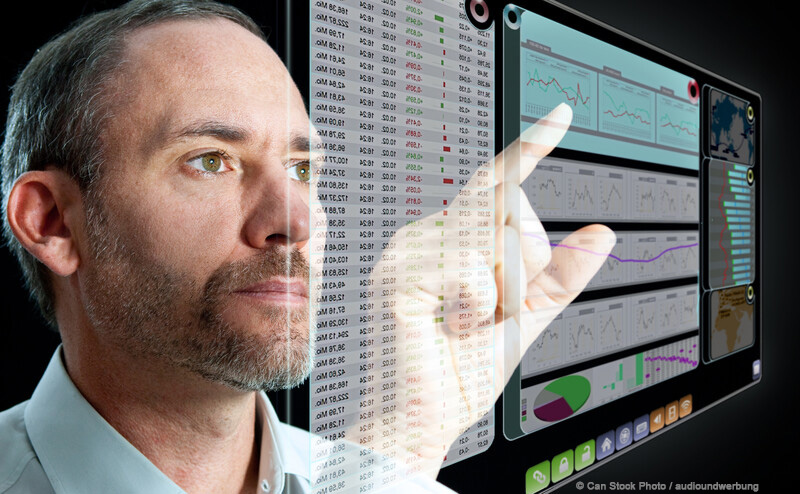BuildCentrix Phases Tool Helps Companies Hit a PB on Data Collection
By / Jessica Kirby

Serious runners have it dialled in when it comes to data. They measure time, pace, distance, nutrition, breathing—the hardcores even keep track of the miles on their running shoes. In running, data is the stuff champions are made of. (And by “champions,” I mean everyone from Olympic track stars to weekend warriors, as long as improvement is the goal.) They watch the numbers for patterns and they compete, mostly against themselves, for better times, longer distances, or a more efficient pace—all in the quest to meet a respectable PB (personal best).
But gathering all that data only makes sense if the athlete knows what to do with it. A runner who sees their time improve without knowing they went a shorter distance, or who feels great about going an extra two miles without realizing it took them an hour more than usual, aren’t getting the kind of feedback from their data that they need to meet their goals. They may as well be measuring how many telephone poles they pass or time spent washing their running shorts.
In the business world, data is one of the most valuable assets a company can cultivate. Having accurate numbers on key metrics can make or break a company’s success, but, like it is in running, the key is collecting the right data on the right data points.
If you’re a runner and you’re only thinking about distance or time, you’re not accurately measuring your performance. To improve, you’ll want to know how you’ve performed so far (distance vs time), what’s ahead of you (distance remaining), and whether you need to change your approach (speed).
The same concept applies to data collection in the MEP trades. If the data collection platform only focuses on material without time or vice versa, the user will not have enough data to make important, business-changing decisions.

Starting with the estimate, the user must associate the time and material, and since projects will have hundreds if not tens of thousands of hours, it becomes a lot of data to manage. BuildCentrix tackles that challenge by tying estimated data into phases or groups of similar work that can be compared to the actual numbers and from which important information can be extracted.
“On a big project, if you don’t have markers, you just end up with totals,” says James Beveridge, CEO of BuildCentrix. “The BCX phases tool is a way to break the project into logical areas.”
The value of phases is that it provides numbers to compare with when bidding a project. When setting the budget, phases incorporate the estimate, the time keeping for the shop and field, and materials, and gives a full picture of the project’s performance.
“Runners compete with themselves and, over time, want to see their time and distance metrics both improving, and the same idea applies to companies measuring the phases on all of their projects,” Beveridge says. “They want to see how they are performing and use that information to understand how the data metrics work together and how the actuals continue to improve.”
Like runners, company owners and project managers are all about the data, but without a way to interpret it, all the information in the world won’t lead to improvement.
“Often, business owners don’t understand the data or how to analyze it in a meaningful way,” Beveridge says. “One of our strengths is that BCX generates data and records the information individually and in relationship to other key metrics so it is easy to read, compare, and report on.”
Learn more about the BuildCentrix platform and how phases can up your data collection game at buildcentrix.com ■


